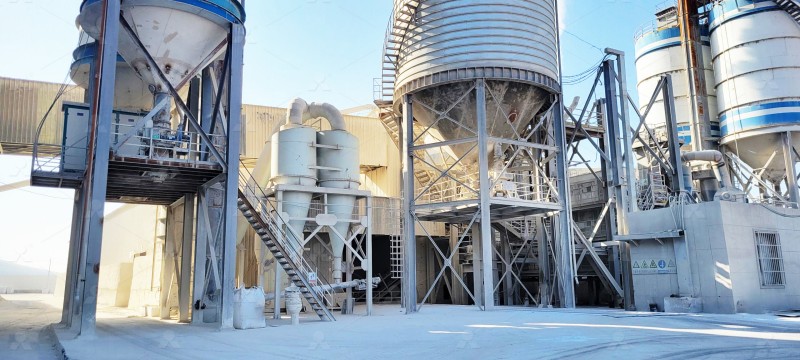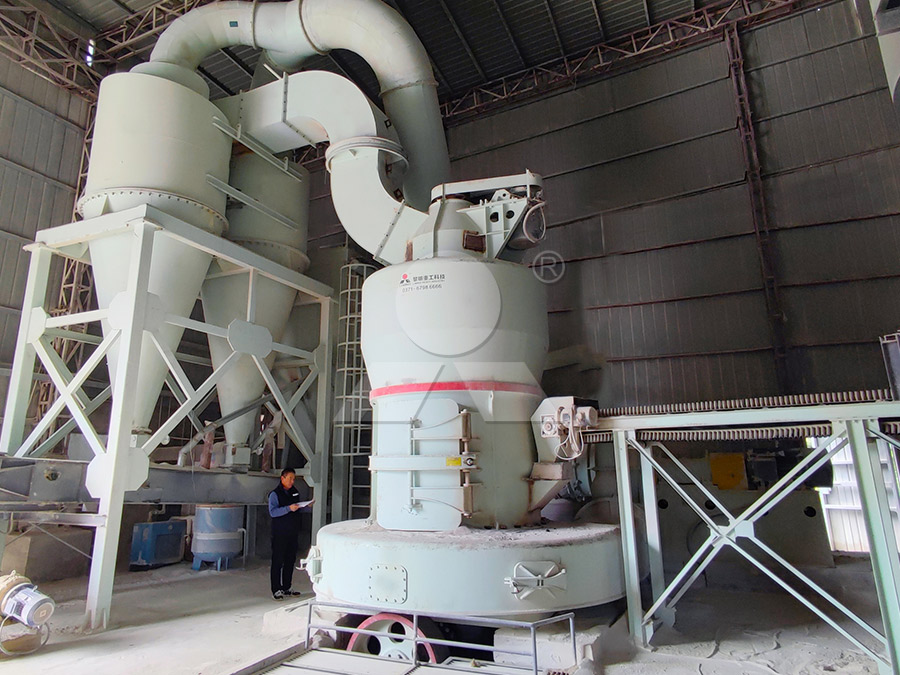Lifetime Maintenance Guide for Raymond Mill: Ensuring Long-Term Performance
Lifetime Maintenance Guide for Raymond Mill: Ensuring Long-Term Performance
As an industry professional with over two decades of experience in grinding mill operations, I’ve witnessed firsthand how proper maintenance can transform equipment performance. Raymond Mills, while robust and reliable, demand consistent care to maintain their efficiency throughout their operational lifespan. This guide distills essential practices that will keep your mill running smoothly for years to come.
Foundational Maintenance Principles
The longevity of any Raymond Mill begins with understanding its fundamental components and their interaction. The grinding roller assembly, classifier system, and main shaft form the heart of your operation. Regular inspection of these critical areas should become second nature to your maintenance team.
I recall visiting a plant where the operators had maintained the same Raymond Mill for fifteen years without significant downtime. Their secret? A meticulously documented maintenance log that tracked every adjustment, lubrication, and replacement. This systematic approach allowed them to predict failures before they occurred, saving thousands in potential production losses.

Critical Maintenance Intervals
Daily visual inspections should include checking for unusual vibrations, monitoring bearing temperatures, and verifying proper lubrication levels. Weekly maintenance must encompass thorough cleaning of the grinding chamber and inspection of wear parts. Monthly procedures should include comprehensive checks of the transmission system and classifier operation.
Every six months, conduct a major inspection that includes measuring roller and ring wear, checking alignment of critical components, and verifying the condition of the lubrication system. Annual shutdowns present the opportunity for complete overhaul, including replacement of heavily worn components and recalibration of the entire system.
Modern Alternatives for Enhanced Performance
While Raymond Mills serve many applications effectively, operations requiring ultra-fine powders might consider more advanced solutions. For instance, our MW Ultrafine Grinding Mill represents the next evolution in grinding technology. With an input size of 0-20 mm and capacity ranging from 0.5-25 tph, this machine produces powders between 325-2500 meshes while consuming 30% less energy than conventional jet mills.
The MW Ultrafine Grinding Mill features several maintenance-friendly designs, including the absence of rolling bearings and screws in the grinding chamber. This eliminates common failure points and significantly reduces maintenance complexity. The external lubrication system allows for maintenance without shutdown, enabling continuous 24-hour operation that many modern facilities require.

Lubrication Best Practices
Proper lubrication forms the cornerstone of Raymond Mill longevity. I’ve seen mills fail prematurely simply due to inadequate lubrication practices. Establish strict protocols for lubricant quality, application frequency, and contamination prevention. Remember that different components may require specific lubricants – the main shaft bearings have different requirements than the grinding roller assemblies.
Document every lubrication event, noting the type of lubricant used, quantity applied, and the technician responsible. This documentation becomes invaluable when troubleshooting unusual wear patterns or performance issues.
Wear Part Management
The grinding rollers and rings constitute your most frequently replaced components. Maintain accurate records of their service life under various operating conditions. This data will help you predict replacement intervals and budget accordingly. When replacing these components, insist on genuine parts manufactured to original specifications – counterfeit components often cause collateral damage that far exceeds their initial cost savings.
For operations requiring even greater efficiency and lower maintenance, our LUM Ultrafine Vertical Grinding Mill offers revolutionary features including double position-limiting technology that prevents destructive impacts during operation. With input size of 0-10 mm and capacity of 5-18 tph, this mill’s reversible structure allows easy access to grinding rollers for maintenance, significantly reducing downtime during component replacement.
Environmental Considerations
Modern grinding operations must address environmental concerns alongside performance metrics. Both Raymond Mills and advanced alternatives like the MW Ultrafine Grinding Mill incorporate efficient pulse dust collectors that minimize particulate emissions. Regular inspection and maintenance of these environmental controls not only ensures regulatory compliance but also protects your workforce and equipment.

Training and Documentation
The most sophisticated maintenance program fails without properly trained personnel. Develop comprehensive training materials specific to your Raymond Mill model and application. Cross-train multiple team members to ensure knowledge retention despite staff changes. Maintain detailed records of all maintenance activities, modifications, and performance observations.
Remember that consistent, documented maintenance doesn’t just extend equipment life – it optimizes performance, reduces energy consumption, and ensures product quality consistency. The small investments in time and resources dedicated to proper maintenance yield exponential returns in equipment reliability and operational efficiency.
Frequently Asked Questions
What is the most common maintenance mistake with Raymond Mills?
Neglecting proper lubrication intervals and using incorrect lubricant specifications account for over 60% of premature failures. Establish and strictly adhere to manufacturer-recommended lubrication schedules.
How often should grinding rollers be replaced?
Replacement intervals vary based on material abrasiveness and operating hours, but typically range from 1,000 to 2,500 operational hours. Monitor product fineness and mill power consumption as indicators of wear.
Can Raymond Mills handle abrasive materials effectively?
While capable of processing moderately abrasive materials, extremely abrasive substances significantly accelerate wear. For such applications, consider mills specifically designed for abrasive materials or plan for more frequent component replacement.
What are the signs that my Raymond Mill needs major maintenance?
Key indicators include: consistent fineness control issues, unusual vibrations, increased power consumption without throughput change, visible component wear, and abnormal noise from the grinding chamber or transmission system.
How does the MW Ultrafine Grinding Mill compare to traditional Raymond Mills?
The MW Ultrafine Grinding Mill offers superior energy efficiency (40% higher production capacity with same power input), finer product control (325-2500 meshes), and reduced maintenance requirements due to its innovative design without rolling bearings in the grinding chamber.
